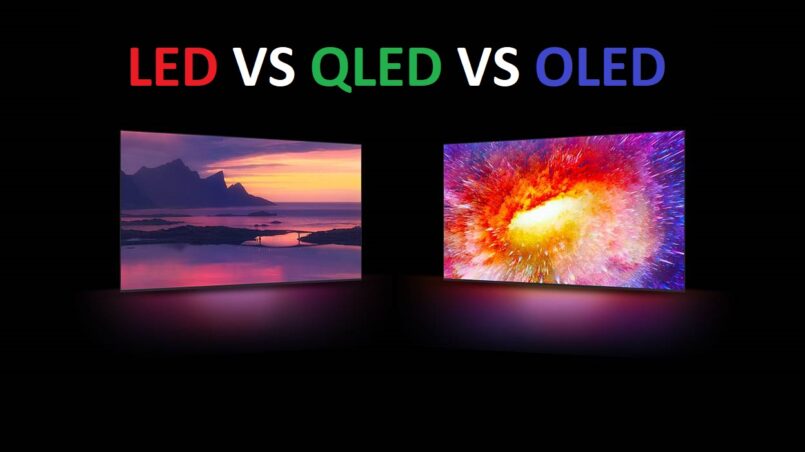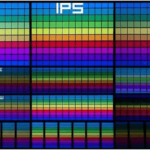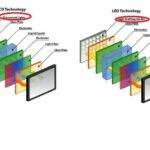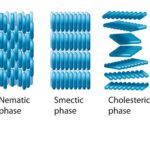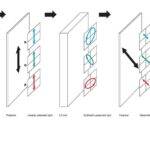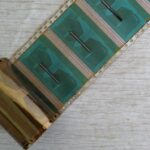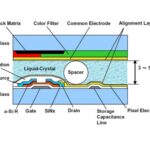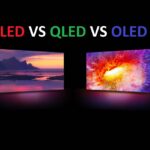In below article we will see what is deference between LED VS QLED VS OLED. And also How you choose LED VS QLED VS OLED TV for you home entertainment.
LCD/LED
- Most assume LED TVs replaced LCDs, but this is only partly true. LED TVs are just a new kind of LCD TVs. They are based on LCD technology consisting of a liquid crystal solution placed between two polarizing material sheets. When an electric current is passed through these liquid crystals, they align to pass or block light, rendering the picture on the screen. The difference between these two techs starts from their backlighting solutions.
- LCD TVs use CCFL (Cold Cathode Fluorescent Lamp) to providing backlighting. They are typically larger than LEDs (Light-Emitting Diodes), which is why LCD TVs were bulkier than current-generation LED ones. LEDs are small, consume less power and have higher levels of brightness compared to CCFL. They last longer which makes LED TVs more reliable in the longer run.
- When you are buying an LED TV, looking at the backlighting technology is also important. The most common LED solutions available these days are edge-lit and full array. Edge-lit LED TVs have their LEDs placed along the edge of the screen, facing towards the centre to render the image. Such TVs are typically affordable, but side placement results in poor contrast and black levels.
- Full-array have numerous LEDs placed along the back of the television. Most full array TVs support local dimming, which means the LEDs can be individually brightened or dimmed as per the content. This allows the TV to deliver deeper blacks, brighter highlights and better picture quality.
- While this technology was limited to high-end TVs like the Sony 55X90K, these days, you can also find it in mid-range TVs like the Hisense 55U6G priced below Rs. 50,000*. You may also find some models labelled with Direct-lit LED panels. This tech is like full array LEDs but without the local dimming feature.
- Most LED TVs these days come with an IPS panel, but when looking for gaming monitors, you may also come across VA panels. VA panels offer greater levels are contrast but have poor viewing angles. IPS have richer colours and better viewing angles but often come at a premium price. You can know more about it by clicking here.
QLED
- If you are looking forward to buying a TV, there are good chances you have come across QLED models. The “Q” in the QLED stands for Quantum, which sounds high-tech and futuristic. While the tech is appealing to hear and flaunt, it is similar to traditional LED TVs, but with some advantages. The additional Quantum Dot filter results in more accurate colours and brightness.
- The bigger changes in a QLED TV also start with its backlighting. Where regular LED TVs emit white backlit, QLED TVs emit blue. This blue light meets the Quantum dot filter which consists of red and blue dots. The RGB light from the Quantum filter passes through an LCD filter and colour filter glass to render images on the screen. These dots allows precise light control resulting in better colour rendition. They also deliver higher brightness levels without losing the colour saturation of the content.
- Sony initially unveiled the QLED technology in 2013, but Samsung made it widely available. In order to make this technology more accessible, Samsung has also formed a licencing arrangement with other TV manufacturers. This alliance appears to be successful since more QLED TVs are now offered by budget-friendly TV manufacturers like TCL and Hisense.
- The recently released Mini LED TVs represent the next step of QLED technology. They can provide even higher brightness levels because to their much smaller LED backlighting. For improved contrast and black levels, such TVs provide a more specialised and exact illumination control. High-end capabilities like 120 Hz refresh rates are currently available on QLED Mini-LED TVs from brands like TCL. Future Mini LED TVs might be reasonably priced as technology develops.
OLED
- An OLED display works like an LED display but a bit differently. Where an LED TV requires a backlighting setup to produce light, OLEDs don’t. All this is possible due to specially constructed OLED diodes inheriting organic properties. When current is passed through these diodes, they produce light resulting in vivid picture quality. As there is no backlit setup, OLED TVs are significantly thinner than LED TVs.
- An OLED TV can individually control its pixels and completely turn off itself when required. The result is dark blacks, higher contrast and vibrant colours. However, OLEDs aren’t perfect either.
- OLED TVs have historically been famed for their screen burn-in problems, which are brought on when static components like the DTH provider’s logo stay on the screen for an extended period of time. Retention is the other name for this effect, which creates a ghosting shadow on the screen. OLED TVs may potentially last less time due to the possibility of blue OLED pixels wearing out over time. As a result, after years of use, you can experience problems with colour accuracy.
- Choosing the right TV tech largely depends on your personal preference and budget. Traditional LED TVs are typically more affordable and are great for everyday TV binging. Full HD models can start from as low as Rs. 20,000* and as you extend the budget, you can even find some really good models with 4K resolution. QLED are a more balanced option between LED and OLED TVs. Their picture quality is better than traditional LED TVs and they also don’t have screen burning issues like older OLED TVs. QLED models like the TCL C625 series start from Rs. 55,000 and offer features like 120 Hz refresh rates which are unbelievable at their prices.
- OLEDs are undoubtedly offer absolute perfection. Their picture quality is unmatchable and their prices have comparatively come down in the last few years. If budget isn’t a constraint and absolute perfect picture quality is a priority, OLEDs are the ultimate option.
Also Read:
